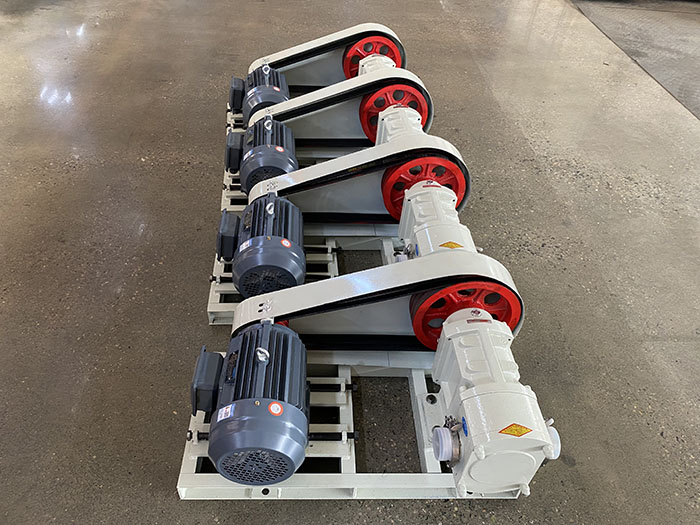The installation of pulleys on stainless steel high viscosity pumps plays a crucial role in ensuring the smooth operation and longevity of the pump. Incorrect installation can lead to various issues, including increased wear and tear, decreased efficiency, and potential pump failure. In this article, we will discuss the precautions that should be taken during the installation of pulleys on stainless steel high viscosity pumps to minimize these risks and optimize pump performance.
1. Pulley Alignment:
Proper alignment of the pulley is essential to prevent excessive wear on the pump components and reduce the chances of premature failure. During installation, ensure that the pulley is precisely aligned with the pump shaft. Misalignment can lead to increased vibration, belt slippage, and unnecessary stress on the pump bearings. Using alignment tools and following manufacturer specifications can help achieve accurate pulley alignment.
2. Belt Tension:
Correct belt tension is vital for the efficient operation of the pump. An overtightened belt can strain the pump bearings and motor, resulting in increased power consumption and premature wear. Conversely, an under-tensioned belt can slip, leading to reduced pump performance. Follow manufacturer guidelines to determine the appropriate tension for the specific pump and belt type. Regular monitoring and adjustment of belt tension are necessary to maintain optimal performance.
3. Pulley Size and Ratio:
Selecting the correct pulley size and ratio is critical for achieving the desired pump speed and flow rate. An incorrect pulley size or ratio can lead to overloading or underloading the pump, causing excessive wear and reduced efficiency. It is important to consult the pump manufacturer's recommendations and consider factors such as fluid viscosity and specific system requirements when selecting the pulley size and ratio. Proper calculation and selection of the pulleys will help ensure optimal pump performance.
4. Belt Quality and Condition:
Using high-quality belts suitable for the pump application is essential. Poor-quality belts can stretch, slip, or wear quickly, leading to decreased performance and increased maintenance frequency. Inspect the belt for signs of wear, cracks, or damage before installation. Replace worn or damaged belts promptly to avoid unforeseen failures. Additionally, ensure that the belts are properly aligned on the pulleys to prevent premature wear and reduce the risk of belt slippage.
5. Lubrication:
Proper lubrication of the pulleys and belt is essential for smooth operation and reduced wear. Use lubricants recommended by the pump manufacturer to ensure compatibility and optimal performance. Apply the lubricant according to the manufacturer's guidelines, paying attention to the recommended intervals and quantities. Regular inspection and maintenance of the lubrication system will help prevent excessive friction and extend the life of the pulleys and belts.
Taking necessary precautions during the installation of pulleys on stainless steel high viscosity pumps is crucial for their effective and efficient operation. Proper alignment, correct belt tension, selecting appropriate pulley size and ratio, using high-quality belts, and ensuring proper lubrication are key factors to consider during installation. Adhering to manufacturer guidelines, performing regular maintenance, and monitoring the system will help minimize wear and tear, optimize pump performance, and prolong the lifespan of the pulleys and belts. By following these precautions, operators can ensure reliable and trouble-free operation of the stainless steel high viscosity pump.
